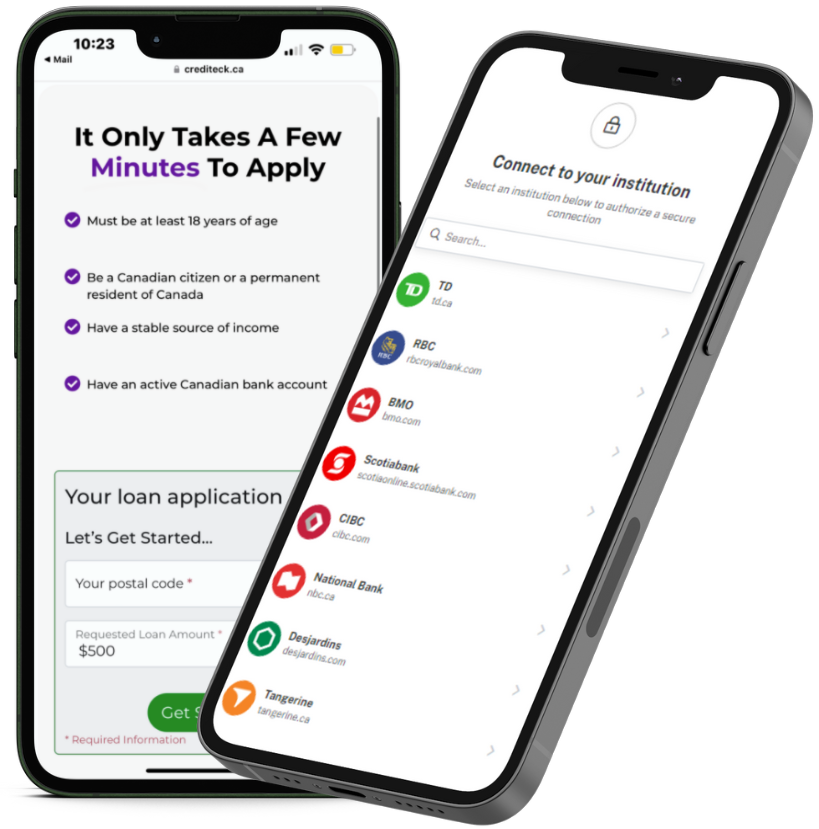Have you encountered the term “debt-to-income ratio” but aren’t sure what it means? We’re here to help! In this article, we will explore the meaning and importance of your debt-to-income ratio as well as five smart ways to improve it.
What is a debt-to-income ratio?
The debt-to-income ratio (DTI) is a measure of an individual’s total monthly debt payments relative to their gross monthly income. Simply divide the total monthly debt payments by the gross monthly income and multiply the result by 100 to arrive at your DTI, expressed as a percentage. Lenders may use your DTI to help determine your level of creditworthiness as a prospective borrower. The lower your DTI, the less risky you are as a borrower, given that a low DTI indicates financial stability and the ability to make payments on time.
What is considered a good DTI?
Ideally, your DTI should not exceed 25%. That is considered an excellent DTI. The 26%-35% range is still considered good, allowing borrowers to qualify for most loans. The 36%-43% range is considered acceptable but worthy of caution, while anything above 43% is considered as having too much debt. A DTI over 50% is considered highly risky by lenders and financial institutions. A high DTI may limit your access to various financial products and services.
Why it matters
A good DTI signals to lenders that you are a lower-risk borrower and have higher spending power. This makes lenders more willing to give you loans on favourable terms. You are more likely to qualify for a rental or a mortgage with a lower DTI as landlords and lenders heavily consider your creditworthiness before accepting your application.
5 ways to improve your DTI
A good DTI can give you access to better financial products and services. Therefore, it’s important to keep your DTI low. Here are five tips to improve your DTI.
1. Pay down high-interest debt
Getting rid of expensive debt is perhaps the most important step to lowering your DTI. If you are able to pay off your most expensive debt, you will reduce the total monthly debt payments you need to make. The two most popular methods for paying off debt are the avalanche method and the snowball method. The avalanche method has you paying off your highest-interest debt first, followed by lower-interest debt. The snowball method has you starting with the smallest debt and working your way up to the largest debt. Whichever method you choose, make sure you remain consistent with it.
2. Consider debt consolidation
Debt consolidation involves combining multiple different debts into a single monthly payment, which can come with a lower overall interest rate. Having only one monthly debt payment at a lower interest rate may help lower your DTI. You may wish to discuss your options with a financial advisor.
3. Increase your income
A higher income may reduce your DTI, provided that your total monthly debt payments remain the same or get lower. A higher income may be achieved by acquiring additional credentials and getting a higher-paying job. For example, you could attend an online bootcamp and become a programmer. Programmers are often well-paid and in high demand. Alternatively, you could potentially ask for a raise at your current job or earn a promotion.
4. Reduce unnecessary spending
Reducing unnecessary spending will allow you to allocate more of your income towards repaying your debt and building your savings. By cutting out frivolous expenses, you may be able to pay off your debt more quickly and make more financial headway.
5. Avoid taking on new debt
Taking on new debt will likely increase your total monthly debt payments, which may increase your DTI in the absence of a corresponding increase in income. Sometimes, you need to take on debt, whether to cover unexpected expenses, invest in your education, or for some other purpose. In that case, strive to minimize the number of loans you take out at any given time and make your payments on time to avoid a negative impact on your credit standing.
The bottom line
Having a lower DTI is beneficial to anyone who needs to access a variety of mainstream financial products and services. A high DTI indicates that you are a higher-risk borrower and may lack financial stability. Self-evidently, a lower DTI indicates the opposite. Therefore, it’s important to take proactive steps to lower your DTI. A lower DTI may also correlate with a higher credit score as both indicate your overall creditworthiness. To monitor your credit score and detect any mistakes on your credit report, sign up for Credit Verify! It only takes a few minutes and may help set you on a better financial path.
If you are experiencing a cash shortfall between paycheques, apply for a personal loan via Crediteck today. We don’t check your credit score or credit report during our quick and simple online application process!


